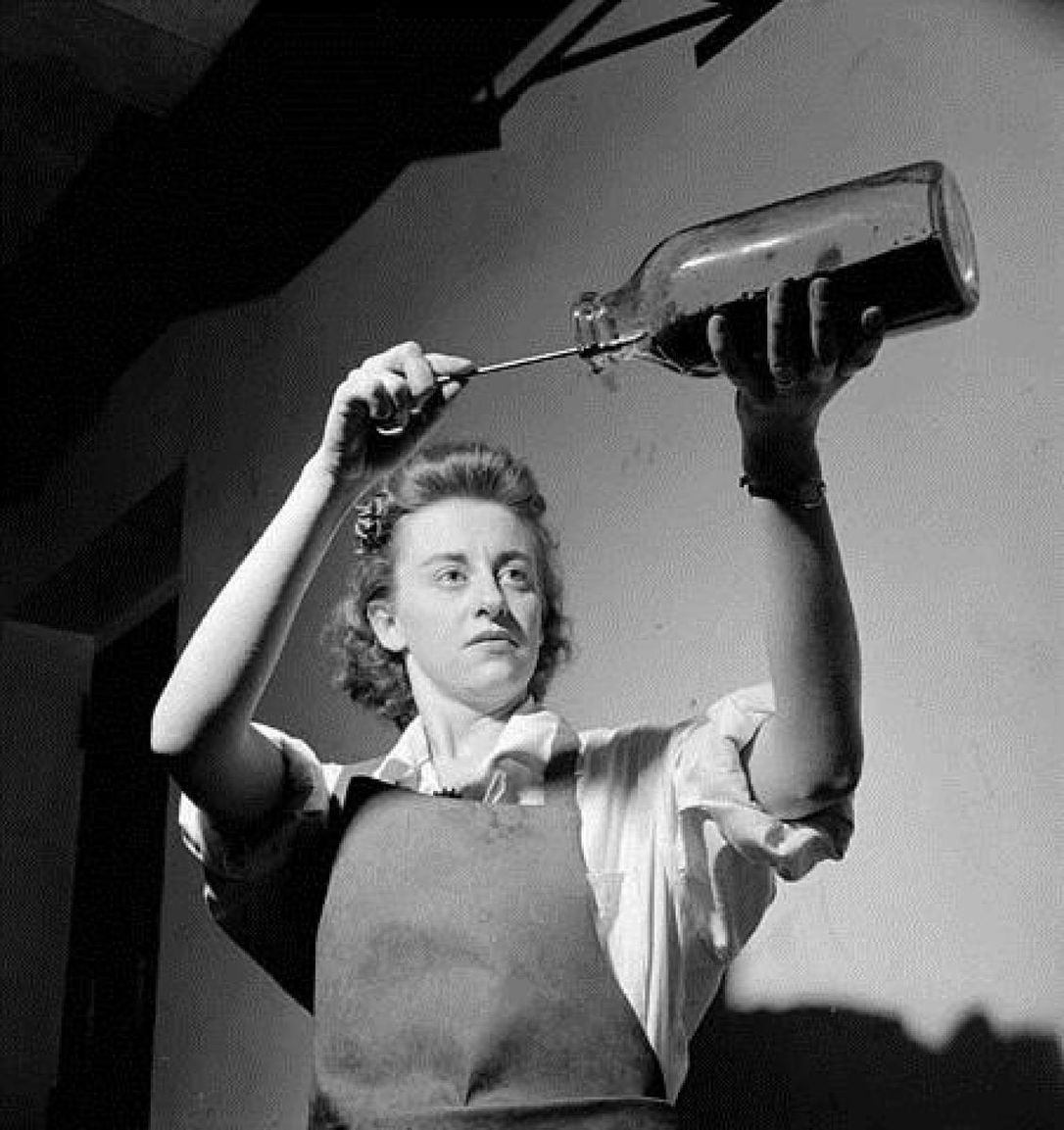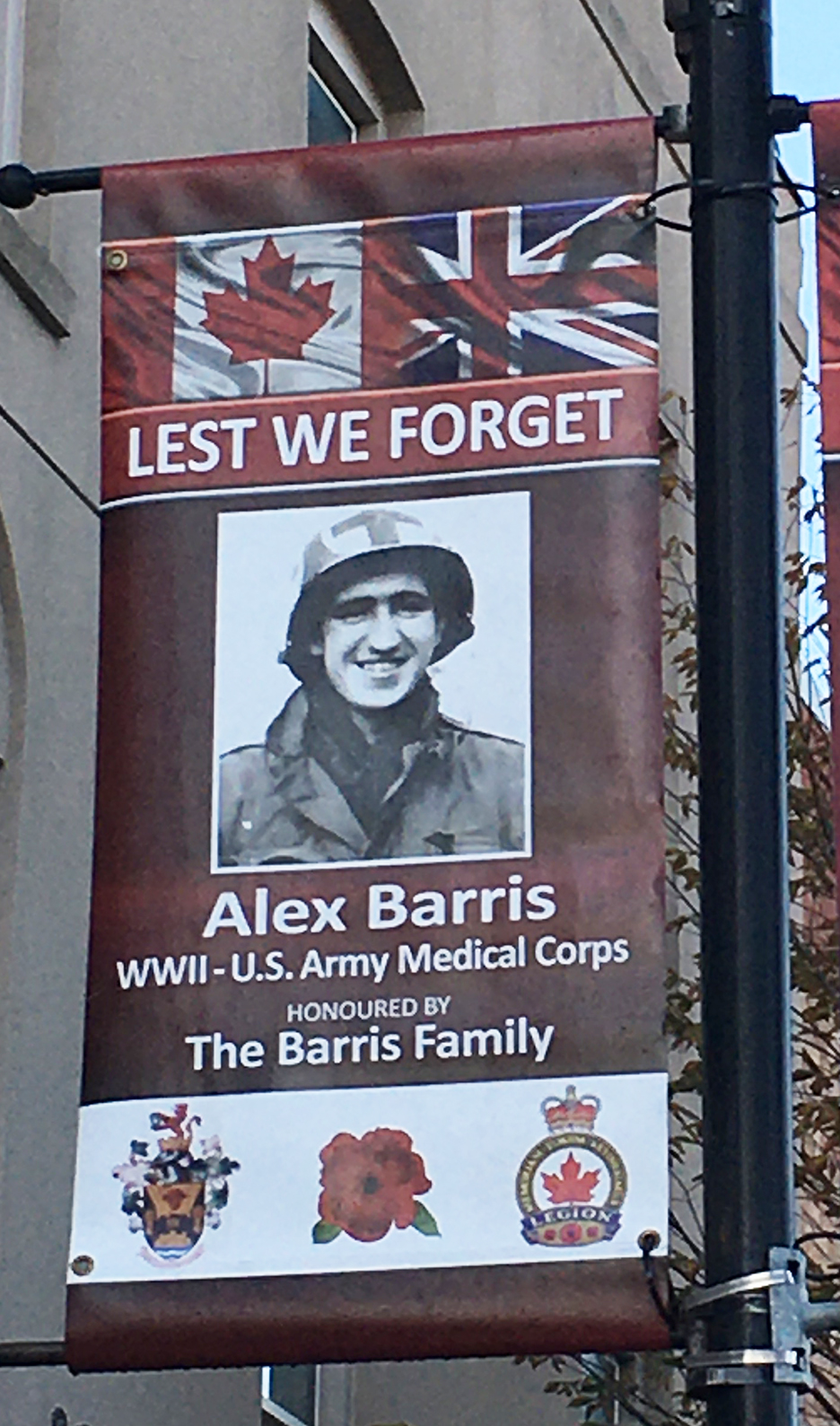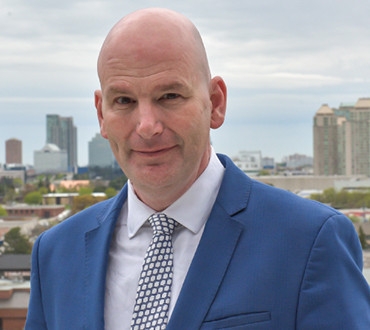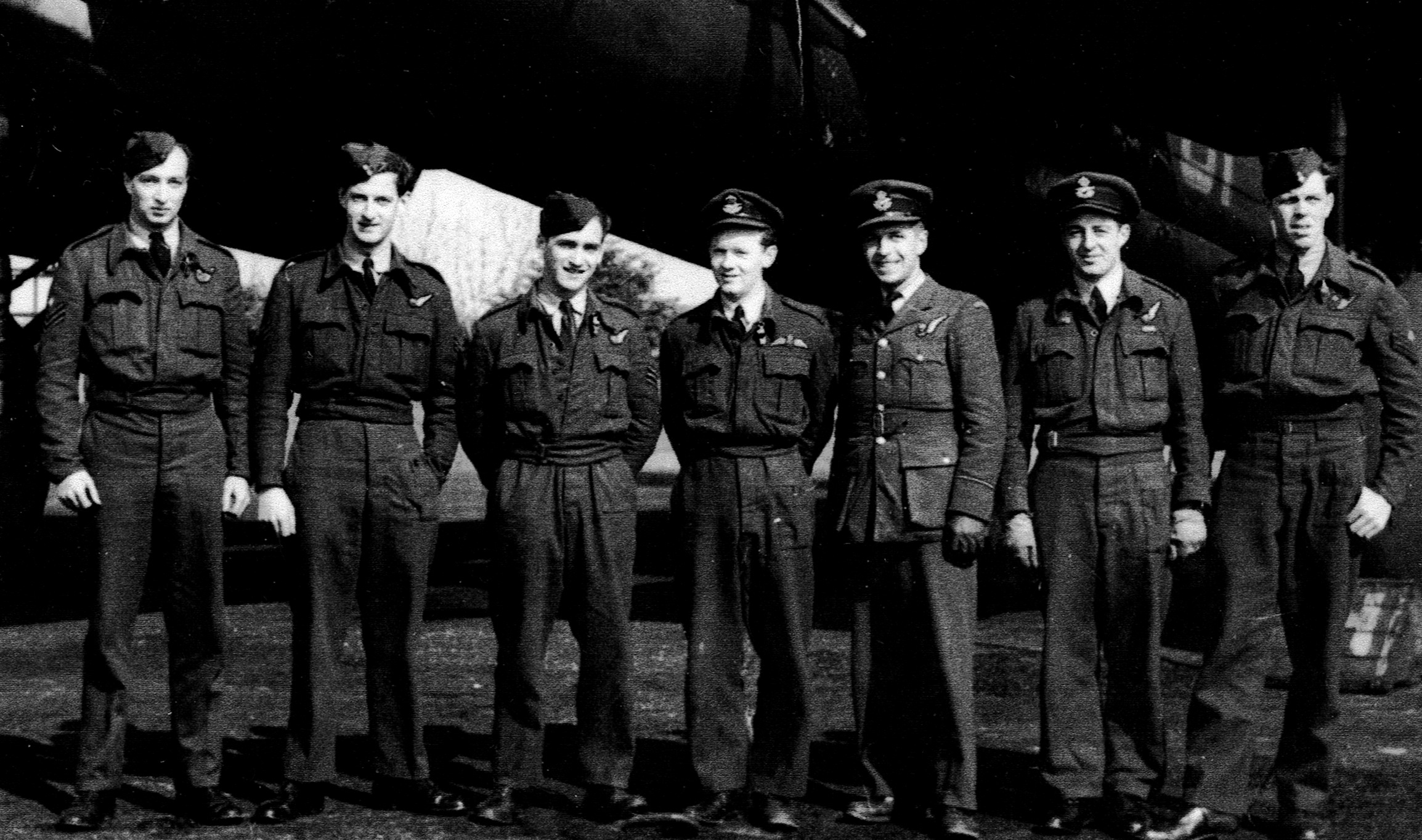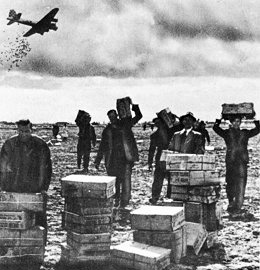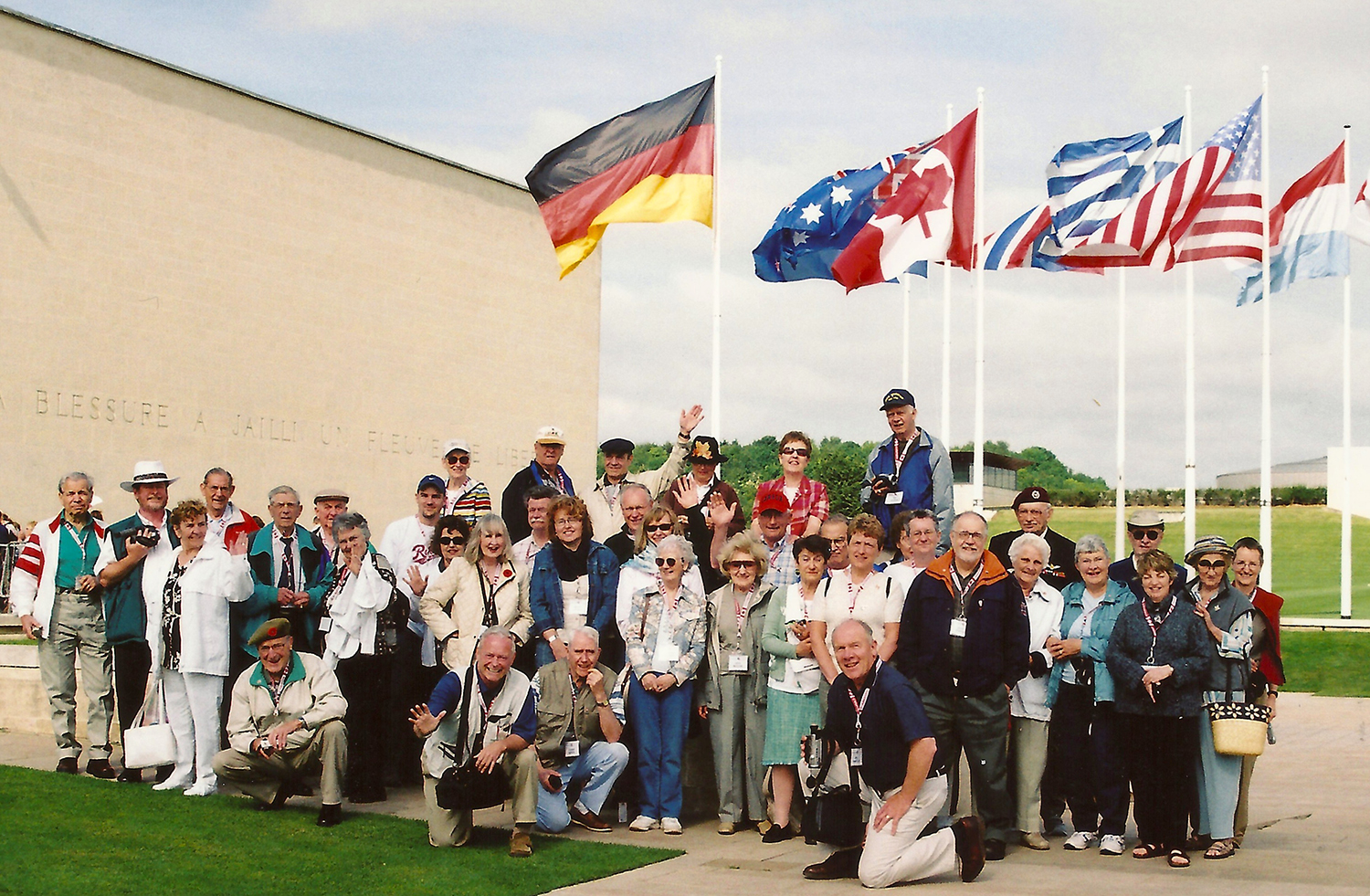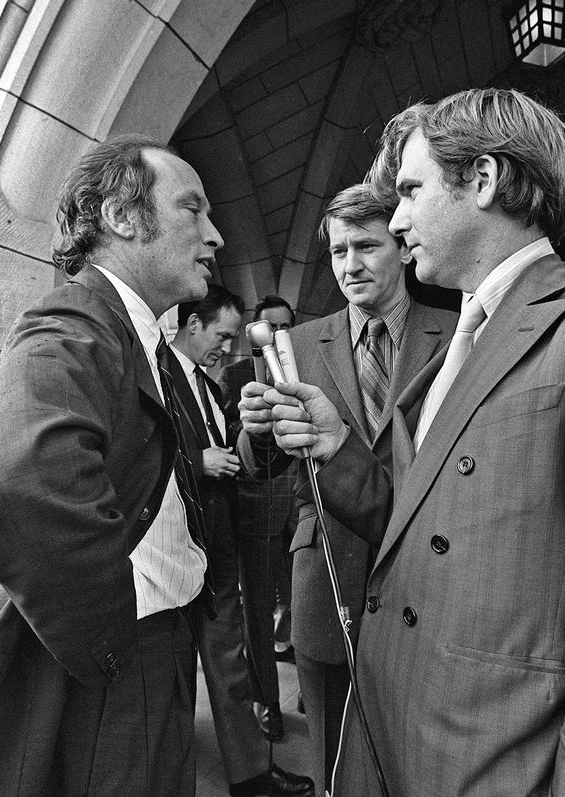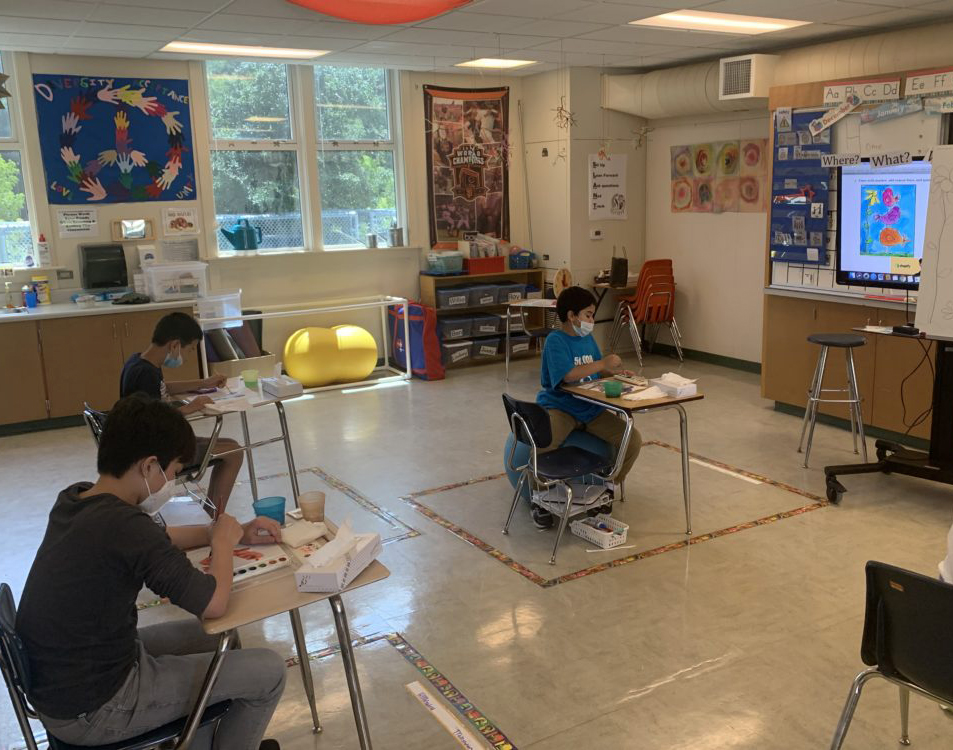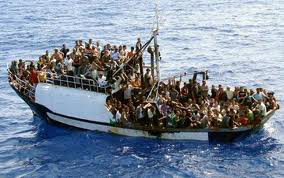
Earlier this week, a delivery van pulled up at my neighbour’s house. The driver hopped out of his vehicle. He was fully masked and went to the door, kept his distance, and ensured that the package was delivered into the right hands. He then photographed the street address of his delivery and was walking back to his van when we exchanged greetings.
“Pardon me for asking, but have you received a COVID-19 vaccination yet?”
“I don’t mind,” he said, “but no, not yet.”
“I’ll bet you do dozens of deliveries a day and run the risk of either being infected or infecting others,” I suggested. “Don’t you think you should’ve had a shot by now?”
“Of course, but the company hasn’t made it a priority.” (more…)
